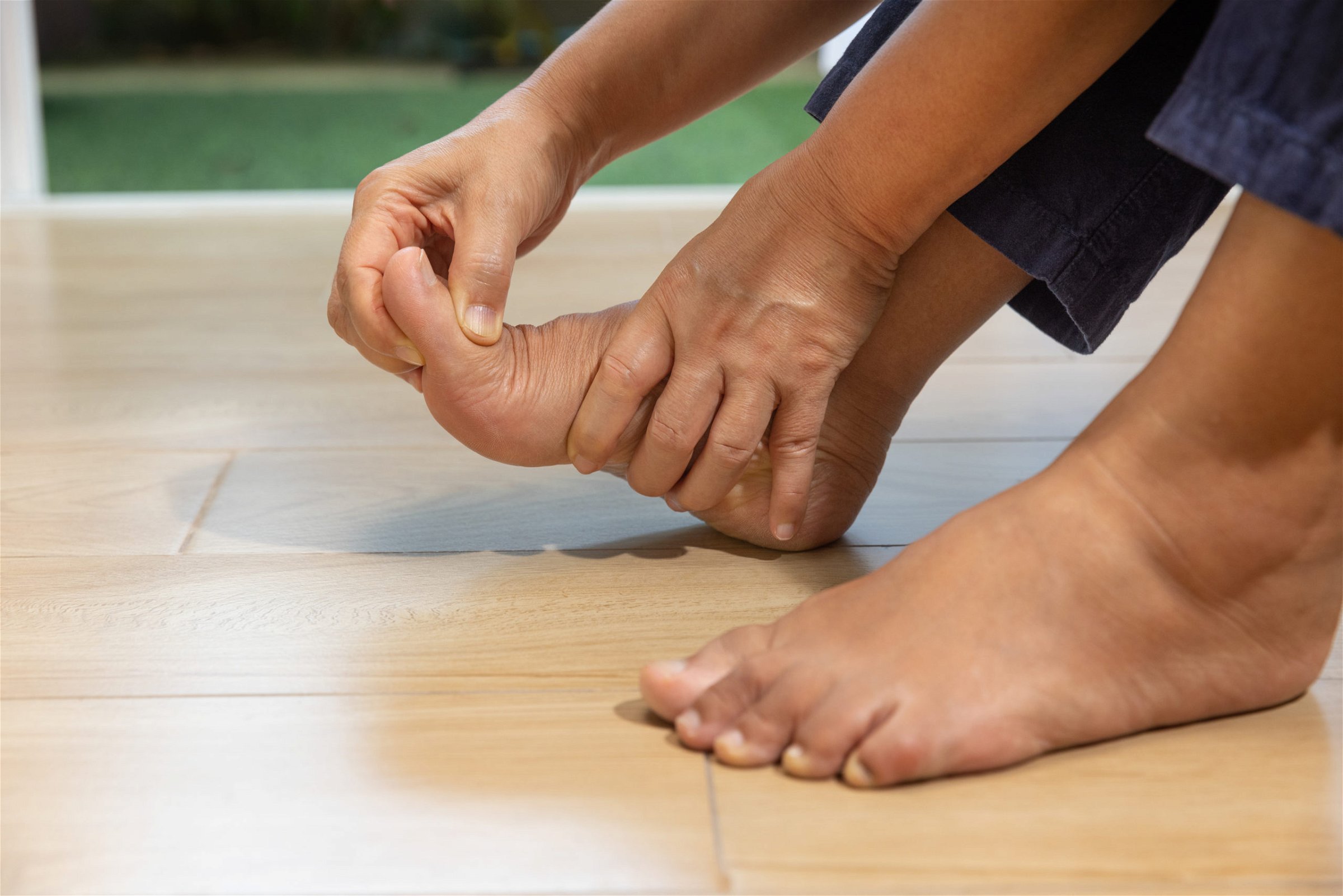- Conditions
- Treatments
- Patients
- Practice
- Dr. Tian Xia
- Heather Cottini
- Andry Khlopas
- Lyndsey Johnson
- Dr Michael G Banuelos
- Linda H. Morris
- Stacia Jones
- Hoai Luu
- Dr Ricardo Knight
- Finnbar Higgins
Chiropractors
Physical Therapist
- Blog
Conditions
Diabetic Focal Neuropathy…
Also referred to as mononeuropathy, is a disorder that affects a single nerve, usually, thigh, foot or wrist. This condition is also known to affect the nerves located in the chest and in the back, and in some cases, the nerves that control the muscles of the eyes.

Diabetic focal neuropathy is a far less common neuropathy when compared to peripheral or autonomic neuropathy. Focal neuropathy may occur suddenly and is known to improve on its own over a period of 6 to 8 weeks.
Symptoms
This condition will appear suddenly and will affect nerves in the head, leg and torso. Diabetic focal neuropathy may cause the following symptoms
> Patients have reported the inability to focus their eyes
> Some will report double vision
> There are cases of an aching pain behind one affected eye. Patients have reported trouble moving the eye.
>There may be paralysis on one side of the face, a condition referred to as Bell’s palsy
> There are reports of pain in the pelvis or in the lower part of the back
> Pain in the front part of the thigh
> Pain may also be experienced in the side, stomach or chest
> There might be pain in the inside part of the foot or the outer part of the shin
> Abdominal and chest pain is experienced and this is in most cases confused with symptoms of appendicitis, heart disease, or heart attack.
Diabetic focal neuropathy is unpredictable and painful and will mostly affect older adult diabetic patients. This condition will not cause long-term damage and will in most cases improve on its own over a few weeks.
Risk Factors
There are high chances that some of these symptoms might be as a result of a serious condition which is why patients are advised to seek medical attention in case they start experiencing them.
Most people who have diabetes and peripheral neuropathy will be at a greater risk of developing diabetic focal neuropath from pressure points.
It is important to avoid pressure points through avoiding crossing one leg over the other’s knee and avoiding leading the elbow on hard surfaces.
Changes in lifestyle and avoiding pressure points will go a long way in ensuring that the risk factors are greatly reduced and that diabetic focal neuropathy is avoided.
Treatment
The best way to treat any neuropathy associated with diabetes is to first ensure that this condition is under control.
Most treatment methods will focus on the management of the pain and other symptoms that may lower the patient’s quality of life.
Since diabetic focal neuropathy is self limiting and will go away on its own over time, there are no deep details in regards to the treatment of this condition.
As mentioned, the involved symptoms might be as a result of a more serious condition and this is why an individual experiencing them should see a medical practitioner immediately for diagnosis and management.

